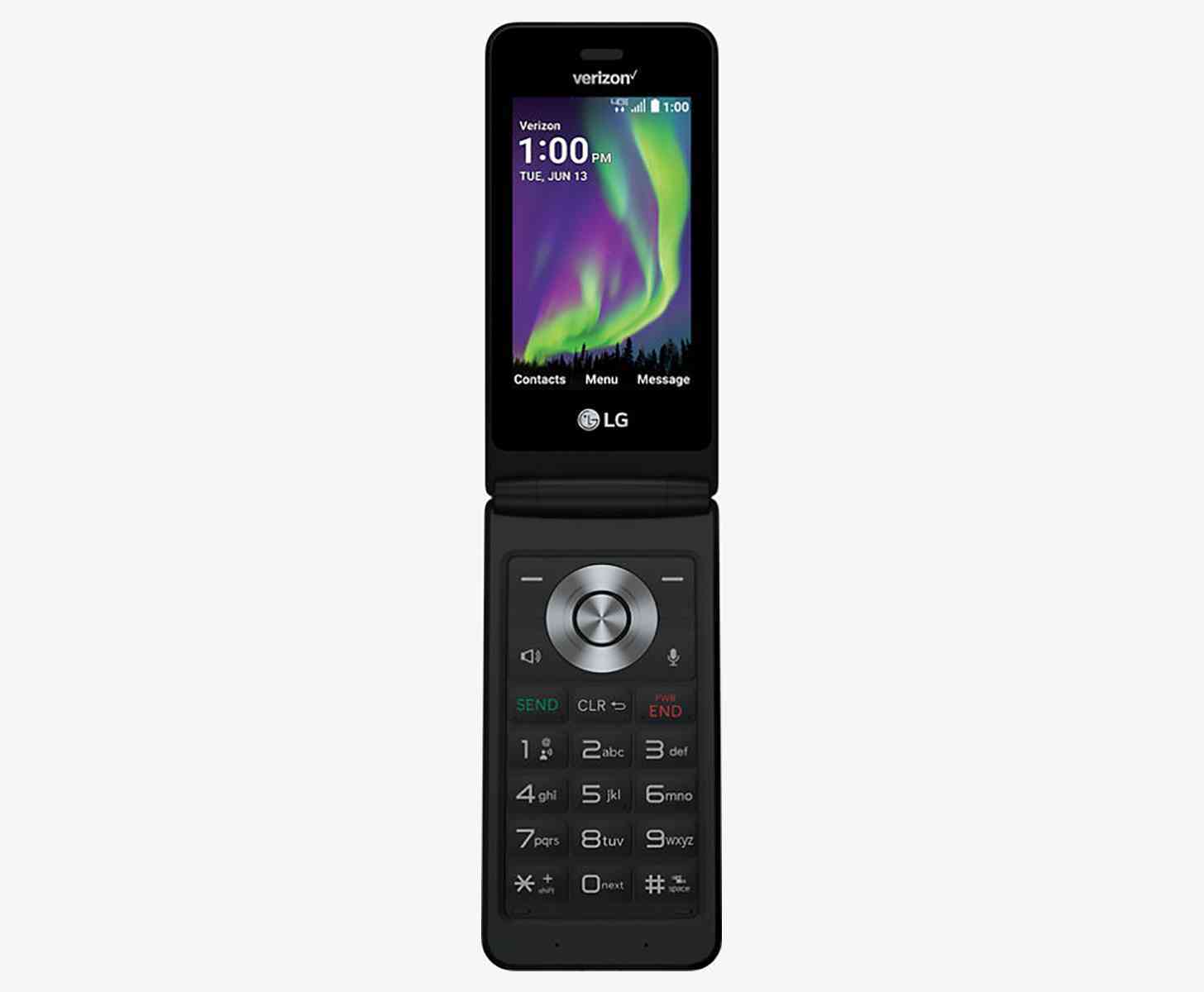
To me, the concept of flip phones is both near and far. Near in the sense that it’s still hard for me to believe I’m 26, and far in the sense that, in reality, I haven’t owned one long-term for almost 10 years now. Even before I got my hands on a smartphone, feature phones were up-and-coming – a step above flip phones. Nevertheless, flip phones were once held dear in my heart as it was once the cutting edge of mobile technology.
It’s not often that you see a flip phone making headlines in mobile news, unless it’s perhaps another attempt to make a smartphone operating system play nice with the nostalgic interface of a flip phone, but every once in a blue moon a new flip phone will pop up, reminding us that just because a concept is old doesn’t mean it isn’t still handy for some people. In fact, as I get older, I’ve begun to appreciate the simpler aspects of such a phone as I spend less time attached to my smartphone.
Today was one of those rare occasions as Verizon announced the LG Exalt, an LTE-only flip feature phone. Verizon is typically well-known for being one of two major carriers in the US that use CDMA radios (the other being Sprint), but the Exalt doesn’t utilize CDMA at all. In fact, Verizon is in the process of moving away from CDMA, so in a backwards sort of way, the Exalt is a small glimpse at Verizon’s future.
I look at the Exalt and find myself intrigued. I’m always intrigued by phones of any type, but it’s always a special trip down nostalgia lane when I see a new flip phone. In this case, the Exalt is more basic than many flip phones in some ways, and more advanced in others. There’s a single notification light, but no outer display to relay the important information: the who, what, where, and when. This was one of the most important features for me to have back in the day. But where the phone lacks in features important for 2004, it prevails in features that are important for 2017: a 5-megapixel camera with the ability to record in 720p. It isn’t the best by far, but it is pretty good by flip phone standards.
The Exalt also features 8GB of internal storage, and allows for a microSD card up to 32GB of additional storage. It also sports a 3-inch 400 x 240 resolution display and a Snapdragon 1.1GHz processor, and a 1,470 mAh battery. The device sells for $168, or $7 per month.
Music, photos, GPS, a basic web browser, HD calling and texting is what you’d sign up for with this phone. Is it worth it? For most, I would say no. Smartphones are in a great place right now where you can find plenty that are both good and cheap. I recently purchased the Nextbit Robin on sale for $113 (although it’s important to keep in mind that the company was purchased by Razer earlier this year, so support for the device is short-sighted from here on out) but it’s an excellent smartphone that costs a cool $55 less than this feature phone. Yet, I would argue that the Exalt is worth the price for the right person.
Gadget fatigue is a feeling I’m becoming increasingly aware of. I sometimes have the urge to ditch smartphones altogether so that I experience more of life. I haven’t been brave or committed enough to do that, but I know a few people (older people, mostly) that have grown tired of the busy nature of smartphones. So, maybe the Exalt does cost more than a smartphone that has countless features and abilities in comparison, but it’s really all about preferences. Some people want to be connected just enough rather than constantly and in endless ways. Smartphones may be the majority, but it’s nice to know that companies are still creating basic options, too.